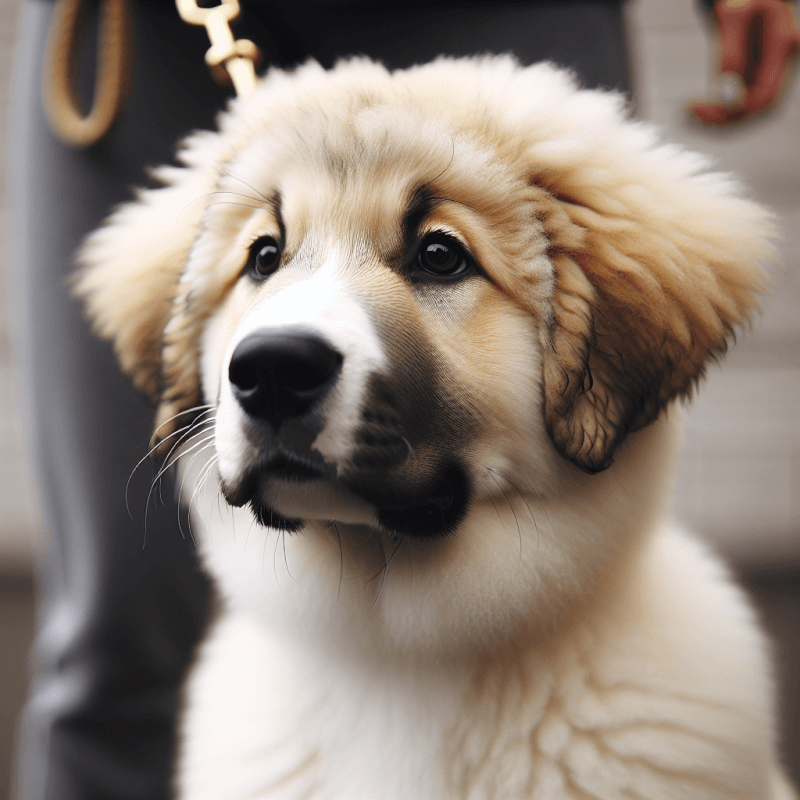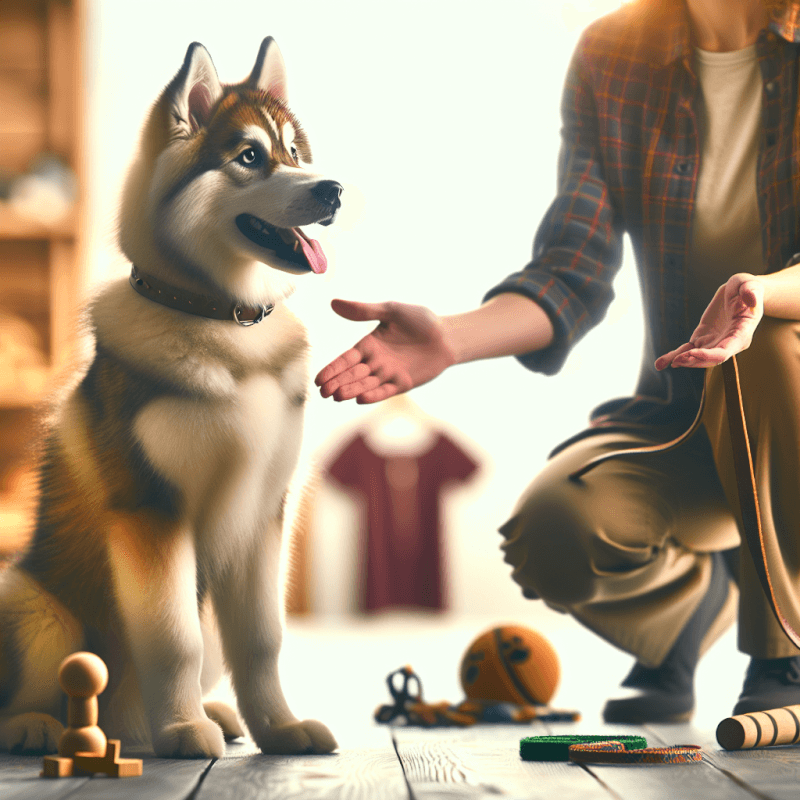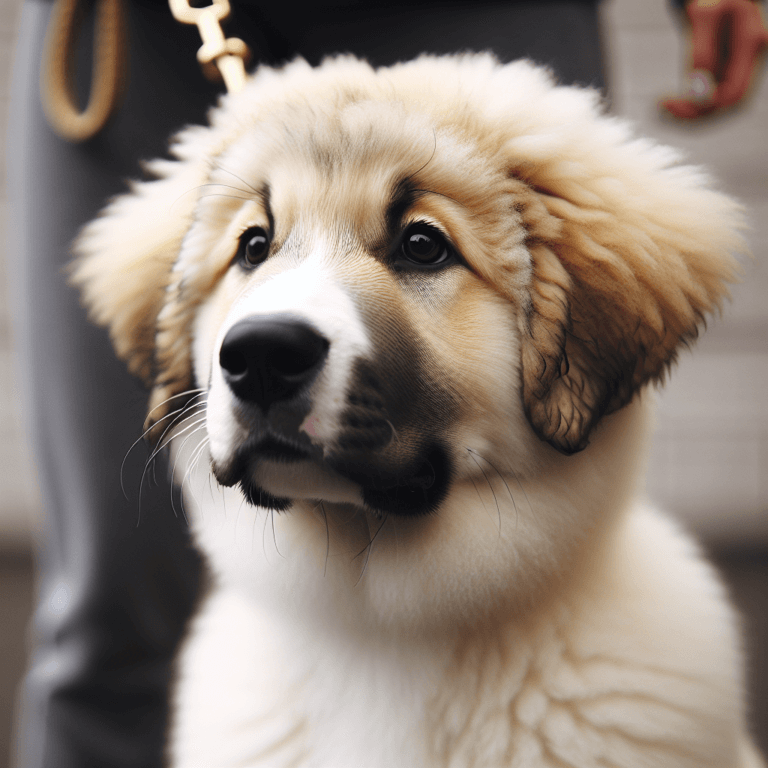Are you struggling with training your furry companion? Look no further! “Dog Training And Behavior Solutions” is here to help you build a strong bond with your dog through effective training techniques. Whether you want to teach basic commands, address behavioral issues, or simply enhance your dog’s obedience skills, our team of experienced trainers is dedicated to providing you with the solutions you need. Say goodbye to those frustrating moments and hello to a well-behaved and happy pup!
Dog Training and Behavior Solutions
Having a well-behaved and obedient dog is a goal that every dog owner wants to achieve. However, it’s important to understand that dogs have their own unique behaviors and instincts. In order to effectively train and address behavioral issues in your furry friend, it is crucial to have a solid understanding of dog behavior.

Ready for Cat Trivia?
Test your knowledge about cats!

Understanding Dog Behavior
Dogs communicate through various signals and body language. By learning to interpret these cues, you can better understand what your dog is trying to communicate. Canine communication signals include barking, growling, wagging tail, and facial expressions. Additionally, reading their body language, such as the position of their ears, tail, and overall body posture, can provide valuable insights into their emotions and intentions.
Another important aspect of understanding dog behavior is recognizing aggression. Aggression can manifest in different forms, such as territorial aggression, fear aggression, or resource guarding. By understanding the underlying causes of aggression, you can address it effectively and prevent any potential harm.
Dogs can also experience fears and phobias, just like humans. Common fears include thunderstorms, loud noises, or certain objects. By recognizing these fears, you can help your dog overcome them through gradual desensitization and positive reinforcement techniques. Additionally, being able to identify stress and anxiety in dogs is essential for their overall well-being.
Common Behavioral Issues
Even well-trained dogs may exhibit certain behavioral issues from time to time. Some common behavioral issues include chewing and destructive behavior, jumping up on people, excessive barking, digging and burying, pulling on the leash, and food guarding. These behaviors can be disruptive and frustrating, but with the right training methods, they can be addressed.
Chewing and destructive behavior is often a result of boredom or anxiety. Providing appropriate chew toys and engaging your dog in mental and physical stimulation can redirect their destructive behavior. Jumping up on people can be addressed through consistent training and teaching your dog alternative behaviors, such as sitting or greeting politely.
Barking and howling can be a nuisance, both for you and your neighbors. Understanding the reason behind your dog’s excessive barking, whether it’s due to separation anxiety or territorial instincts, can help you find the right approach to address this behavior. Similarly, digging and burying can be managed through providing designated digging areas and ensuring your dog gets enough exercise.
Positive Reinforcement Training Methods
Positive reinforcement is a highly effective and humane training method that focuses on rewarding desired behaviors rather than punishing unwanted behaviors. This training approach relies on praise, treats, toys, or any other reward that motivates your dog. By reinforcing good behavior, you can create a positive association and encourage your dog to repeat those behaviors.
Clicker training is a popular positive reinforcement technique that utilizes a small handheld device to make a distinct clicking sound. This sound serves as a marker to indicate that the behavior performed by your dog is correct, allowing for immediate reinforcement. Marker training is another positive reinforcement method that involves using a verbal cue, such as “yes” or “good,” to mark the desired behavior.
Using treats and rewards effectively is crucial in positive reinforcement training. It’s important to ensure that the rewards are desirable to your dog and that they are only given as a result of desired behaviors. Gradually reducing the frequency of treats and rewards as your dog becomes more proficient in the trained behaviors is also important to maintain their motivation.
Basic Obedience Training
Basic obedience training is the foundation for a well-behaved and obedient dog. Teaching your dog commands such as sit, stay, and down provide them with structure and enable you to have better control in various situations. Walking nicely on a leash is another important skill that can make walks more enjoyable for both you and your furry friend.
Recall training, or teaching your dog to come to you when called, is crucial for their safety, especially in outdoor environments. Leave it and drop it commands teach your dog to release or relinquish items they have picked up, ensuring their safety and preventing any potential hazards. Teaching boundaries and off-limits areas can help establish rules and prevent unwanted behaviors.

Socializing Your Dog
Early socialization is vital for every dog. Introducing your dog to different environments, people, and other dogs from a young age helps them develop into well-adjusted and confident adults. Positive socialization techniques involve gradual exposure to new experiences and rewarding calm and relaxed behavior.
Meeting other dogs and people in controlled environments, such as dog parks or training classes, can help your dog learn appropriate social skills. Addressing fear and reactivity is also an important aspect of socialization. By providing positive experiences and slowly desensitizing your dog to their fears, you can help them overcome their anxieties and build confidence.
House Training and Crate Training
House training is one of the first priorities when bringing a new dog into your home. Establishing a routine and taking your dog to their designated toileting area regularly can help them learn where and when to relieve themselves. Positive reinforcement, such as treats and praise, should be used to reward successful toileting.
Crate training can be a valuable tool for both house training and providing your dog with a safe space of their own. Introducing the crate gradually and making it comfortable and inviting can help your dog view it as a positive place. Crate training techniques, such as gradually increasing the time spent in the crate and using treats or toys to create positive associations, can make crate training a positive experience for your dog.

Dealing with Aggression
Aggression in dogs can be a serious issue that requires careful management and intervention. Different types of aggression, such as fear aggression or resource aggression, require different approaches. Understanding the triggers that lead to aggressive behavior is important in addressing it effectively.
Positive methods, such as reward-based training and counter conditioning, can be used to address aggression. Seeking professional help from a certified dog trainer or behaviorist is recommended when dealing with aggressive behavior, as they can provide specialized guidance and develop a tailored behavior modification plan for your dog. Managing aggressive behavior through the use of management tools, such as muzzles or head halters, can also help ensure everyone’s safety.
Separation Anxiety
Separation anxiety is a common issue that many dogs experience when left alone. Recognizing signs of separation anxiety, such as excessive barking, destructive behavior, or house soiling, is important in addressing this issue. Alleviating separation anxiety involves gradually desensitizing your dog to your departures and creating a comforting environment through the use of calming pheromones or comforting items.
Gradual desensitization techniques, such as leaving for short periods of time and slowly increasing the duration, can help your dog become more comfortable being alone. Ensuring they have engaging toys, sufficient exercise, and mental stimulation can also help alleviate separation anxiety. In severe cases, consulting a professional behaviorist may be necessary to develop a comprehensive treatment plan.

Handling Excessive Barking
Excessive barking can be a frustrating behavior for both you and your neighbors. Understanding the underlying causes of excessive barking is crucial in addressing this issue. Barking can be triggered by various factors, such as boredom, fear, or territorial instincts.
To address excessive barking, it’s important to identify the triggers and provide appropriate outlets for your dog’s energy and mental stimulation. Engaging your dog in regular exercise, providing interactive toys, and teaching alternative behaviors, such as “quiet” or “speak,” can help redirect their barking. Consistency and positive reinforcement are key in training your dog to bark less.
Dominance and Pack Leader Theory
Contrary to popular belief, dominance theory and pack leader theories have been debunked by modern understanding of dog behavior. Dogs do not necessarily strive to dominate their owners, but rather seek guidance and leadership. Positive leadership techniques that focus on reinforcement, clear communication, and partnership are more effective and humane.
Building a trusting relationship with your dog based on mutual respect and understanding is the key to promoting cooperative behavior. By consistently reinforcing desired behaviors and setting clear boundaries, you can establish yourself as a reliable leader in your dog’s eyes. Training your dog using positive reinforcement methods and avoiding any form of punishment or dominance-based techniques will yield better results and strengthen your bond.



